UNIT: Iron Pagoda, Iron Buddha Cavalryman 铁浮图
Phenomenal art by Jinglin Xu, please check out his gallery on Artstation
During the early 12th century, the ambitious Jurchen people from China's north eastern borders overthrew their overlords- the massive Khitan (Liao) empire. In under half a decade, the Jurchens were able to utterly defeat their former masters, absorb their entire realm, and drive them wholesale into the frigid steppe lands of central Asia.
The heaviest of Mongol heavy cavalry eventually adopted the armament and fighting techniques of the Jin cataphracts. Because of the extreme difficulties the Jin cavalries had inflicted upon the Song state, in the ensuing century the Song would have perfected their anti- cavalry warfare to such a dogged extend that when the Mongols began their invasion of China, they would spent nearly a century to subdue the whole of China- and fifty to subdue the Song
According to Jin fighting doctrine, the Iron Pagoda Cavalry would be a dedicated and concentrated vanguard that would maximize the already deadly thrust of the Jin cavalry charges, acting both as its best shock cavalry as well as specialized heavy dragoons that also frequently fought as dismounted heavy infantry. The Iron Pagoda Cavalry would eventually became the heaviest shock cavalry the far East would ever seen (with perhaps the exception of the heaviest of Mongol lancers^.)
The Iron Pagodas were completely armored from head to toes in heavy lamellar armor- with only their eyes and hands exposed, some historians have referred to these heavy cavalry with the Greco-Roman terms of "cataphracts" or "clibanarii," in reference to their near identical appearance to heavy Persian cavalry from the 4-7th centuries. Their horses were also completely encased in armor as well, covered on all sides with thick barding of lamellar plates and padded cotton. In fact, each armored rider would be given two horses to ensure mobility throughout the ranks and in all situations.
They were also given a versatile array of weapons, aside from their customary lance, commonly featuring a black pennon, they were also equipped with a bow and full quiver, as well as a large two handed sword. For their dual roles (see below) they were also equipped with many sapping tools, including picks, rope ladders, and shovels.
Of their tactics: 赵彦卫 Zhao Yanwei, a Song chronicler wrote: "The horsemen would make use of a deep wedged array, after plunging into the ranks of their foes would promptly retreat in a burst of speed, all the while arranging itself to stalk or encircle the enemy formation in a circular array for a while, while keeping an eye for another opportunity for a charge, and if situation demanded, they would dismount and fight as heavy infantry."
→ ☯ [Please support my work at Patreon] ☯ ←
Thank you to my Patrons who has contributed $10 and above:
You helped make this happen!
➢ ☯ José Luis Fernández-Blanco
➢ ☯ Stephen D Rynerson
➢ ☯ Michael Lam
➢ ☯ SRS (Mr. U)












Comments